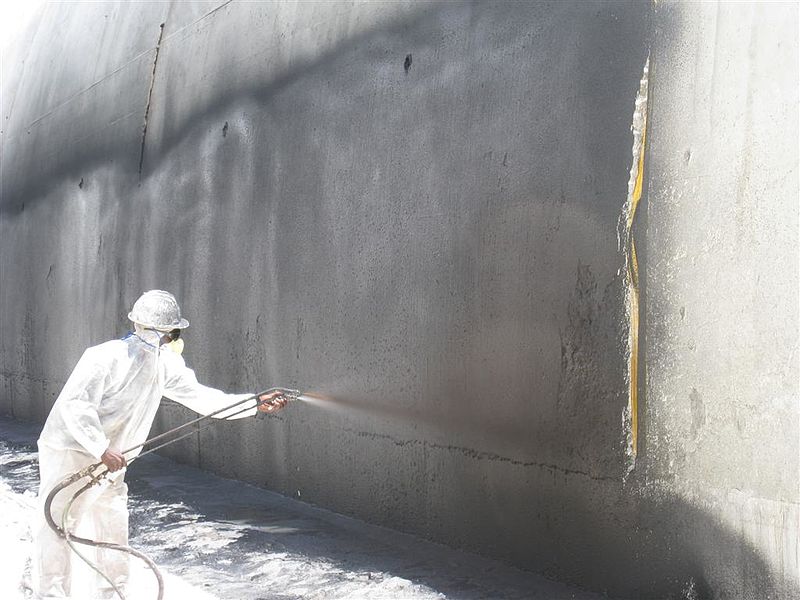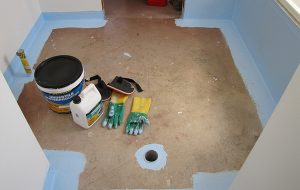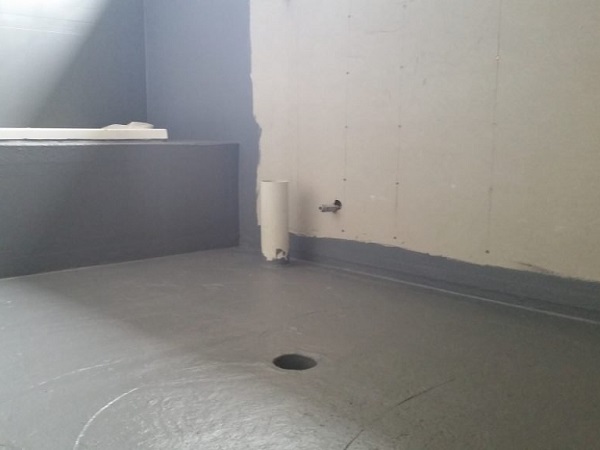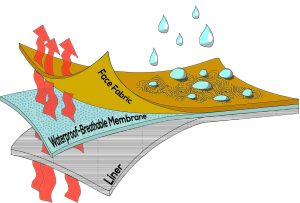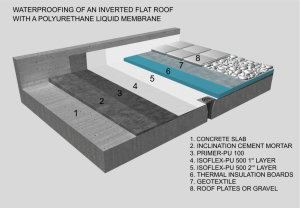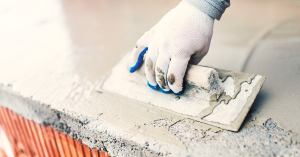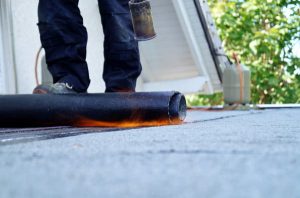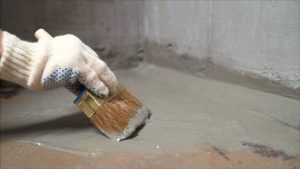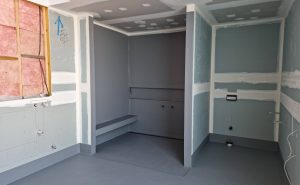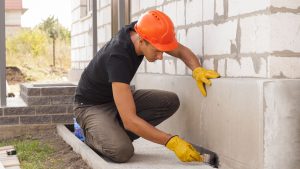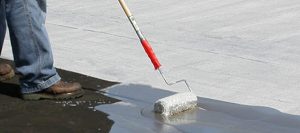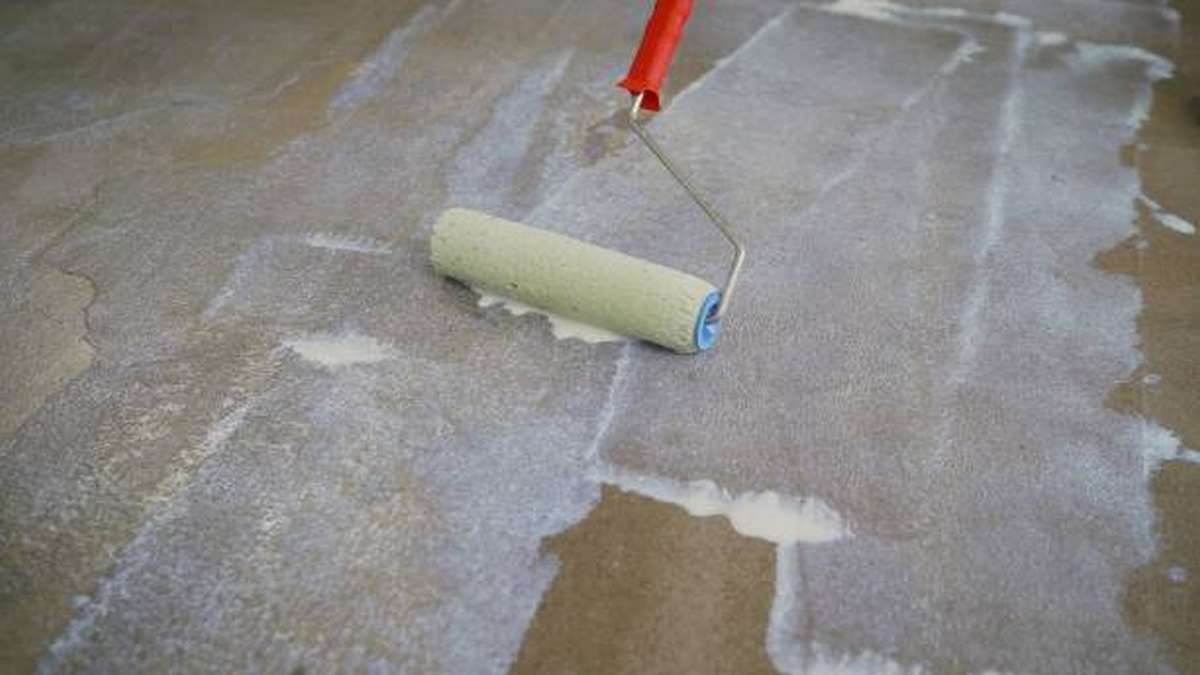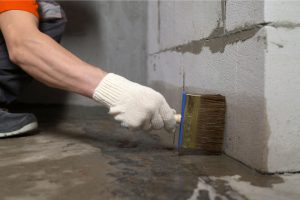The Importance of Waterproof Duties
Welcome to a comprehensive guide on waterproof duties, exploring the significance of waterproofing in various industries and everyday applications. Waterproof duties play a crucial role in protecting structures, products, and materials from the damaging effects of water exposure. Let’s delve into the details of what waterproof duties entail and why they are indispensable in today’s world.
Defining Waterproof Duties
Waterproof duties refer to the responsibilities associated with preventing water penetration and damage in specific contexts. This can range from protecting electronic devices and building structures to ensuring the longevity of outdoor gear and clothing. The goal of waterproofing is to create a barrier that repels water, safeguarding the integrity and functionality of the materials involved.
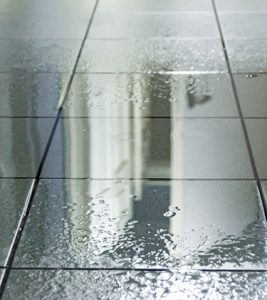
The Role of Waterproofing in Construction
In the construction industry, waterproof duties are paramount to ensuring the durability of buildings and structures. Proper waterproofing measures are implemented to prevent water from seeping into foundations, walls, and roofs, which can lead to structural damage, mold growth, and other issues. Waterproof membranes, sealants, and coatings are commonly used to create a protective barrier against water intrusion.
Waterproofing in construction is not only about protecting the interior of a building but also about preserving the structural integrity of the entire edifice. From residential homes to commercial complexes, waterproofing is a critical step in the construction process that enhances the longevity and resilience of structures.
Electronics and Waterproof Duties
Electronic devices are ubiquitous in modern life, and many of them are susceptible to damage from water exposure. Waterproof duties in the electronics industry involve designing and manufacturing devices with protective measures to ensure they remain functional even in wet conditions.
Waterproofing electronic devices often involves the use of specialized coatings and seals to prevent water ingress. This is particularly crucial for gadgets used in outdoor or harsh environments, where exposure to rain, moisture, or accidental spills is likely. From smartphones to industrial equipment, incorporating waterproof features has become a standard practice in electronic design.
Materials and Techniques in Waterproofing
Various materials and techniques are employed to fulfill waterproof duties across different applications. These may include waterproof fabrics for clothing and gear, sealants for construction, and coatings for electronic devices. Let’s explore some common methods and materials used in waterproofing:
1. Waterproof Fabrics
Waterproof fabrics are extensively used in the production of outdoor clothing, tents, and gear. These fabrics are treated with special coatings or laminates that create a barrier against water. Common waterproof fabrics include Gore-Tex, eVent, and PU-coated materials. These fabrics not only repel water but also allow moisture vapor to escape, ensuring comfort for the wearer.
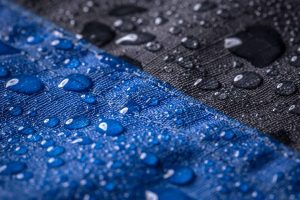
2. Sealants and Membranes
In construction, sealants and membranes are applied to joints, seams, and surfaces to prevent water infiltration. Waterproof sealants are often used around windows, doors, and other openings, while membranes provide a continuous barrier beneath surfaces such as roofs and foundations. The choice of sealant or membrane depends on the specific requirements and conditions of the construction project.
3. Coatings for Electronics
Electronics are often coated with materials that create a protective layer against water. Nano-coatings and conformal coatings are commonly used to safeguard circuit boards and electronic components. These coatings not only repel water but also provide resistance to dust, chemicals, and other potential contaminants.
Conclusion
Waterproof duties are integral to the longevity, functionality, and reliability of various products and structures. Whether in construction, electronics, or outdoor gear, the implementation of effective waterproofing measures is essential for mitigating the adverse effects of water exposure. As technology advances, so too do the materials and techniques used in waterproofing, ensuring that our buildings, devices, and possessions remain safeguarded in the face of moisture challenges.


